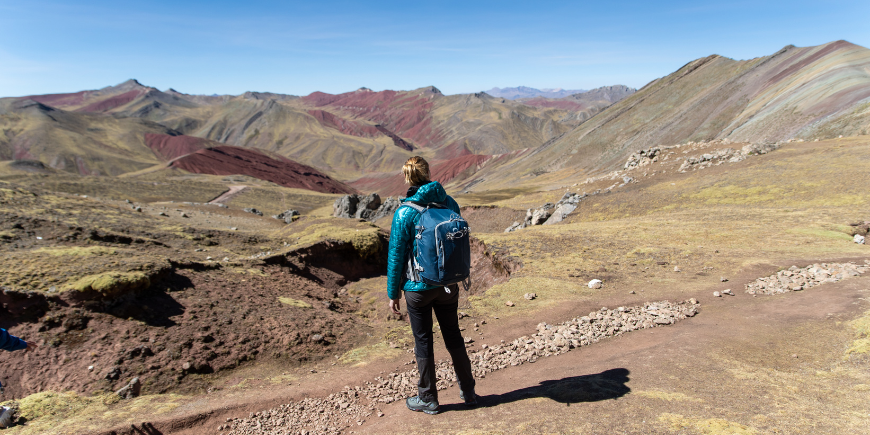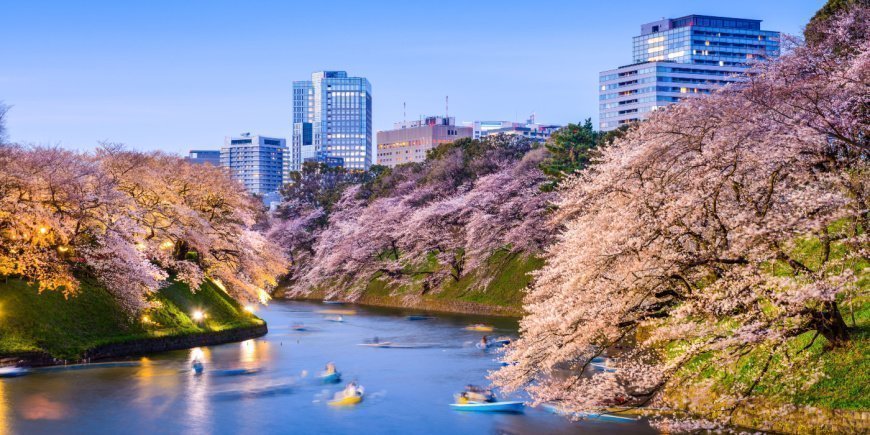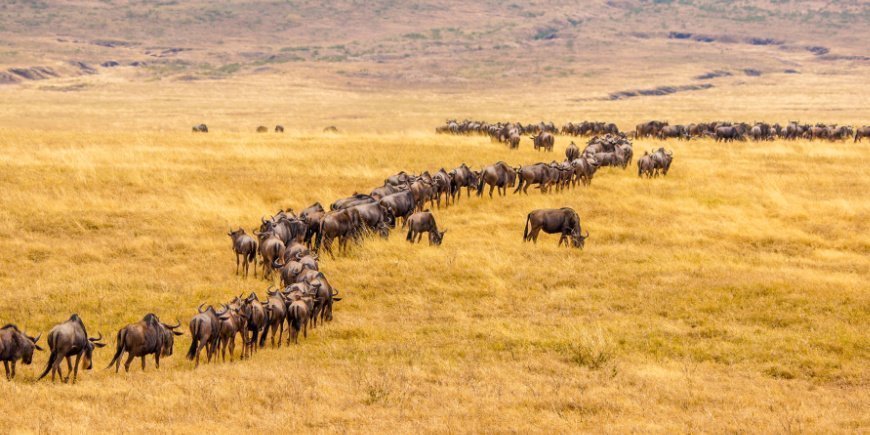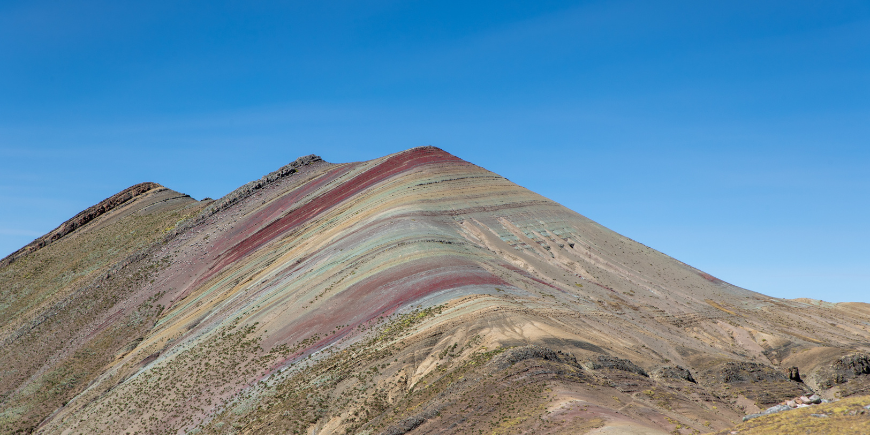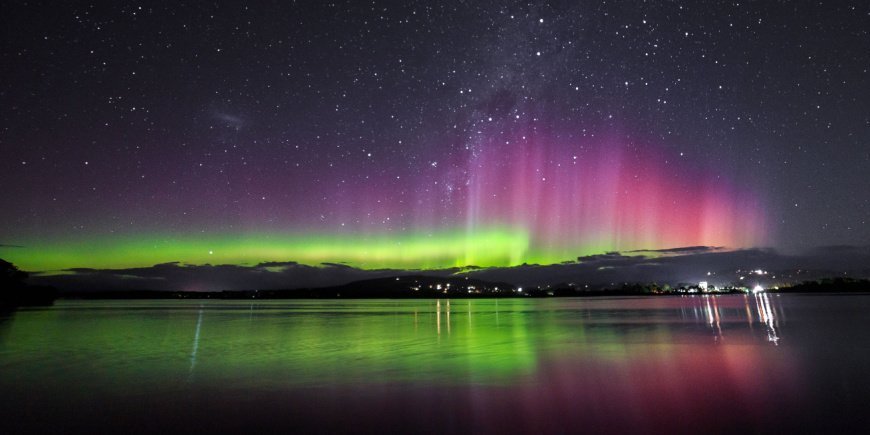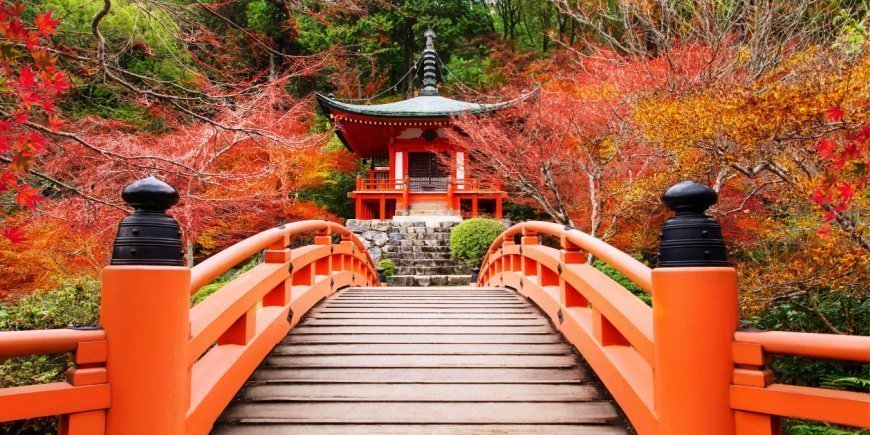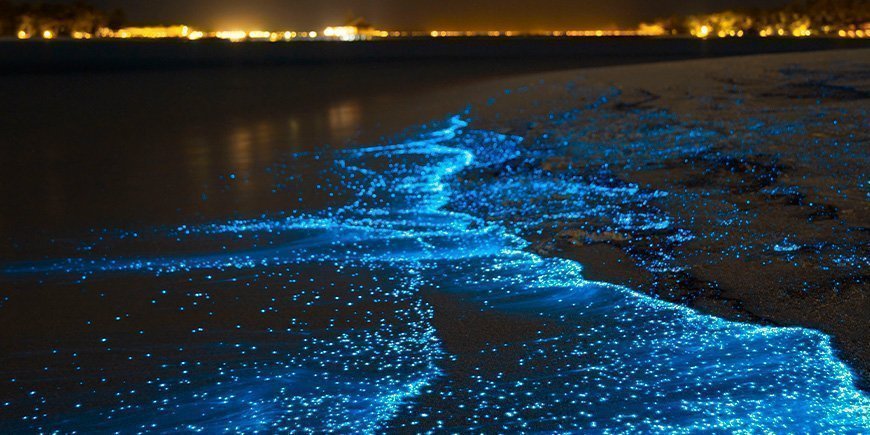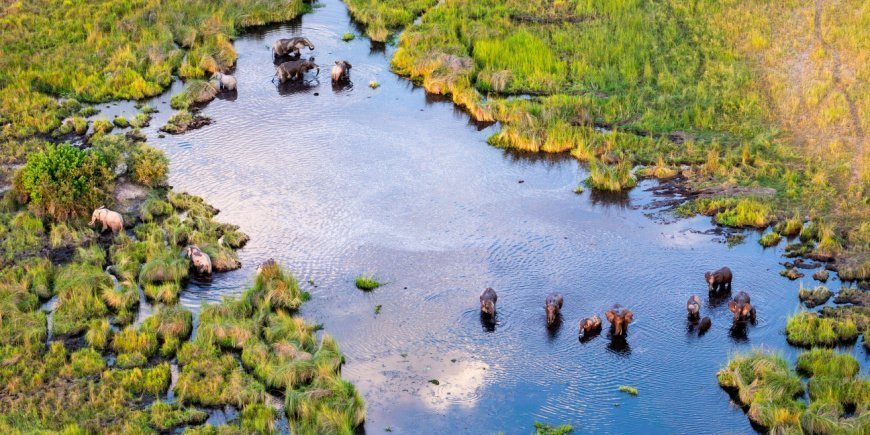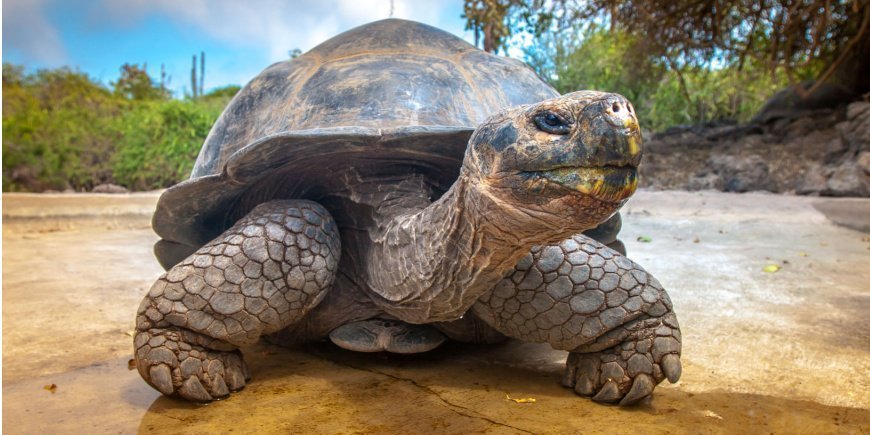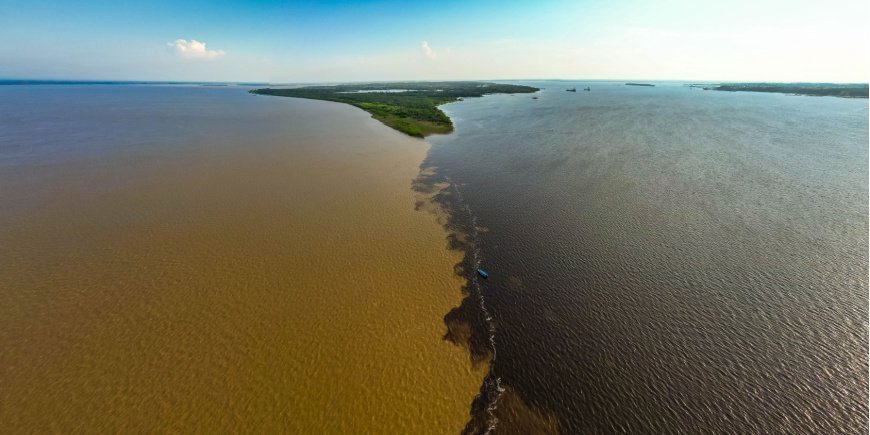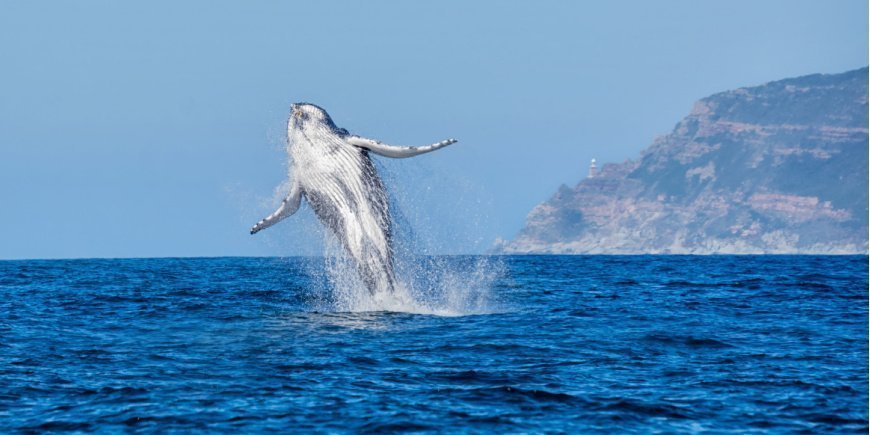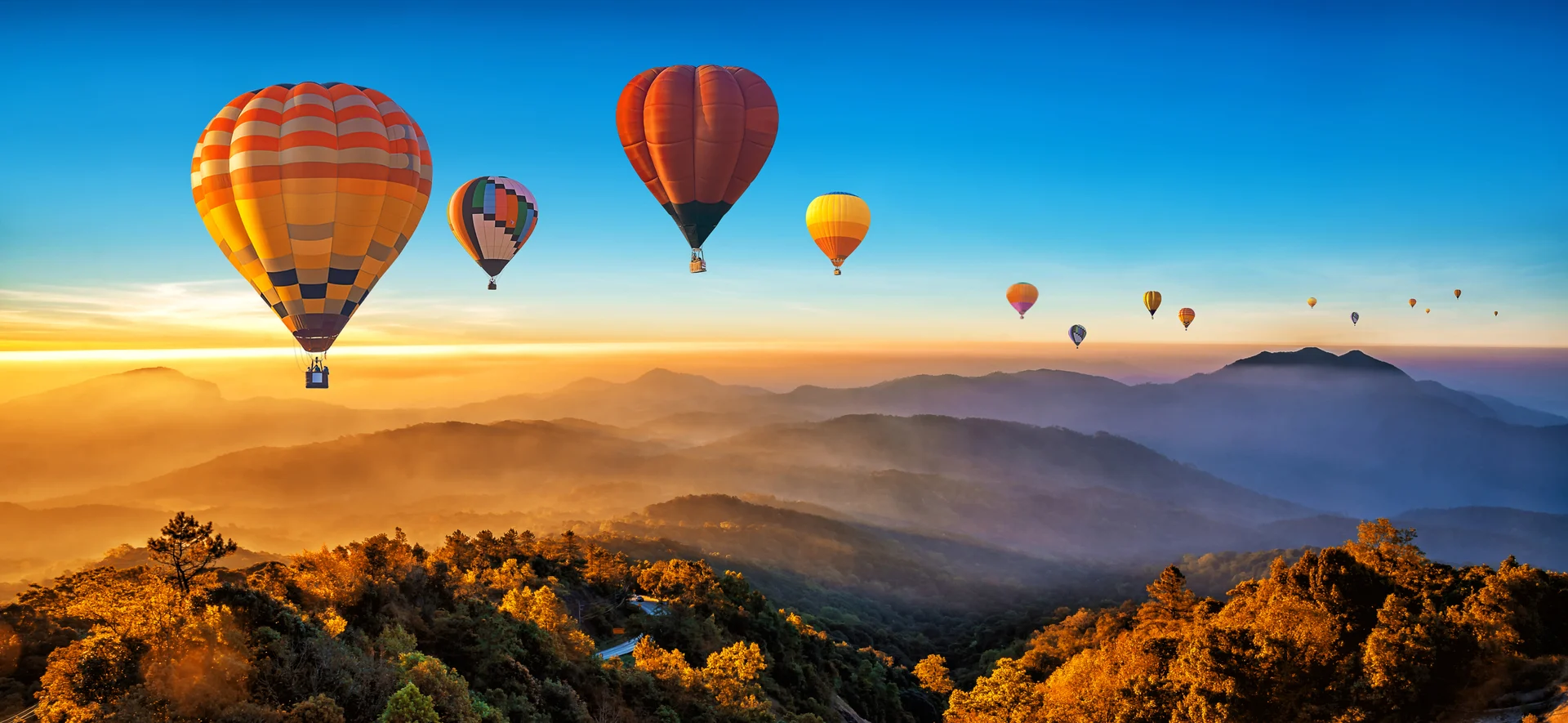10 natural phenomena to experience in 2024
03/01/2024For many travellers, unique nature experiences are a must when exploring the many fantastic countries of the world.
National parks, wonderful waterfalls or breathtaking mountains can be experienced all year round.
But there are also incredible nature experiences that take place at certain times of the year.
We’ve put together 10 outstanding natural phenomena for you to explore in 2024.
Sakura – Japan
Japan is famous for its beautiful, blossoming pink cherry trees. The cherry blossom is called Sakura and is an annual highlight for locals and visitors alike.
The cherry blossom season depends on when the heat arrives in Japan, so it can be difficult to predict exactly when it will occur. It usually starts in southern Japan in around January, generally hitting Kyoto and Tokyo in late March or early April.
The Great Migration – Tanzania and Kenya
An impressive spectacle unfolds on the African savannah every year when millions of wildebeest embark on what is known as the Great Migration.
In many places, the major attraction happens between July and October (particularly in July–August), when the wildebeest cross the Mara River. To get to the Masai Mara in Kenya, the wildebeest have to cross the river, and it’s not without its dangers for them, as the hungry crocodiles are lurking in wait for them in the river.
The migration can be experienced in several places in Kenya and Tanzania all year round, so you can keep an eye on where and when you can experience the many fascinating animals on your safari tour.
Rainbow Mountain – Peru
In Peru, there is a unique natural phenomenon that you can experience all year round: Rainbow Mountain.
The mountain is also known as “Vinicunca”, which in the traditional Peruvian language means “coloured mountain”.
When you see the rainbow mountain, you’re in no doubt about where its name comes from. It’s adorned with colourful stripes, formed by many different colourful minerals over hundreds of years.
The best time to visit the mountain is between March and November, when it rains the least.
Southern Lights – Australia
Did you know that there is a counterpart to the Northern Lights in the Earth’s southern hemisphere? It’s simply called the Southern Lights?
The Southern Lights are the same phenomenon as the Northern Lights, so you may be lucky enough to experience the sky lighting up in spectacular colours on a tour to Australia. The light is created when electrically charged particles from the Sun hit the Earth’s magnetic field.
The Southern Lights are easiest to see in Tasmania, but you may be lucky enough to see them elsewhere. You’re in with the best chance of seeing the Southern Lights in Australia during their winter months, i.e. from June to August.
Koyo – Japan
During the autumn months, Japan is clothed in an explosion of autumn colours as Koyo announces its arrival.
The trees change colour, shrouding the landscapes in warm red, orange and golden tones.
Koyo begins in northern Japan in around September and moves south during October, November and December, the opposite way around from Sakura. So, there are many places in the country where you can experience the beautiful autumn phenomenon, depending on what time of the year you travel to Japan.
Bioluminescent plankton – The Maldives
On a tour to the Maldives, you may be lucky enough to experience a unique natural phenomenon: bioluminescent plankton.
These plankton light up when they’re in motion, making the shore look like a glowing sea of stars.
The bioluminescent plankton can be experienced all year round and all over the Maldives, but the best chances are between June and December, when there is a larger volume of plankton in the water.
The Okavango Delta – Botswana
The Okavango Delta is another of Africa’s interesting natural phenomena.
The 14,000 km2 area consists of a complex network of rivers located in the middle of the otherwise arid Kalahari desert. The rivers become flooded every year and form the delta, which is one of the world’s largest wetlands.
The fascinating thing about the delta is that the water that fills it is rainwater that falls in the highlands of Angola 6 months before it floods the rivers and forms the wetland – and at a time when it’s otherwise dry season in Botswana, with very little rain.
The waters of the delta attract a wealth of migrating animals, making the Okavango Delta a fantastic place to experience African wildlife.
Galapagos tortoises – the Galapagos Islands
On the Galapagos Islands, you can experience unique wildlife all year round.
Depending on when you visit Galapagos, you can experience parts of the life cycle of the beautiful Galapagos tortoises.
Galapagos tortoises migrate in June every year from the highlands of Santa Cruz to the lowlands to build nests. On their journey, you can see large numbers of them.
The baby turtles hatch in December and January, and you may be lucky enough to see them on the beaches in their droves.
The rivers meet – Brazil
In the heart of the Amazon in Brazil, you can experience a fascinating meeting of two rivers. The phenomenon is called “Encontro das Águas” in Portuguese, which means the meeting of the waters.
The two rivers, Rio Negro and Rio Solimôes, meet but do not mix with each other as they both have different temperatures, their water flows at different speeds and the pH values of the rivers are not the same. A clear distinction can therefore be seen between the dark, almost black water of the Rio Negro and the clayey ochre water of the Solimôes.
This contrast in colour makes for an incredible sight, where the two rivers flow side by side but remain separate.
Whale watching in South Africa
South Africa is a fantastic place to experience the beautiful giants of the sea.
There are several ways to go whale watching in South Africa: from land and sea.
On the southern coasts, in the coastal town of Hermanus, for example, whales can be seen from cliff ledges along the coast. You can also put on a life jacket and whale watch on a boat trip.
Whale watching is best between June and November, when the whales are making their way from the cold waters of Antarctica to the warmer waters of South Africa to mate. However, there is no guarantee, and you can only cross your fingers and hope to spot the beautiful animals breaching the surface.
TourCompass – From tourist to traveller
